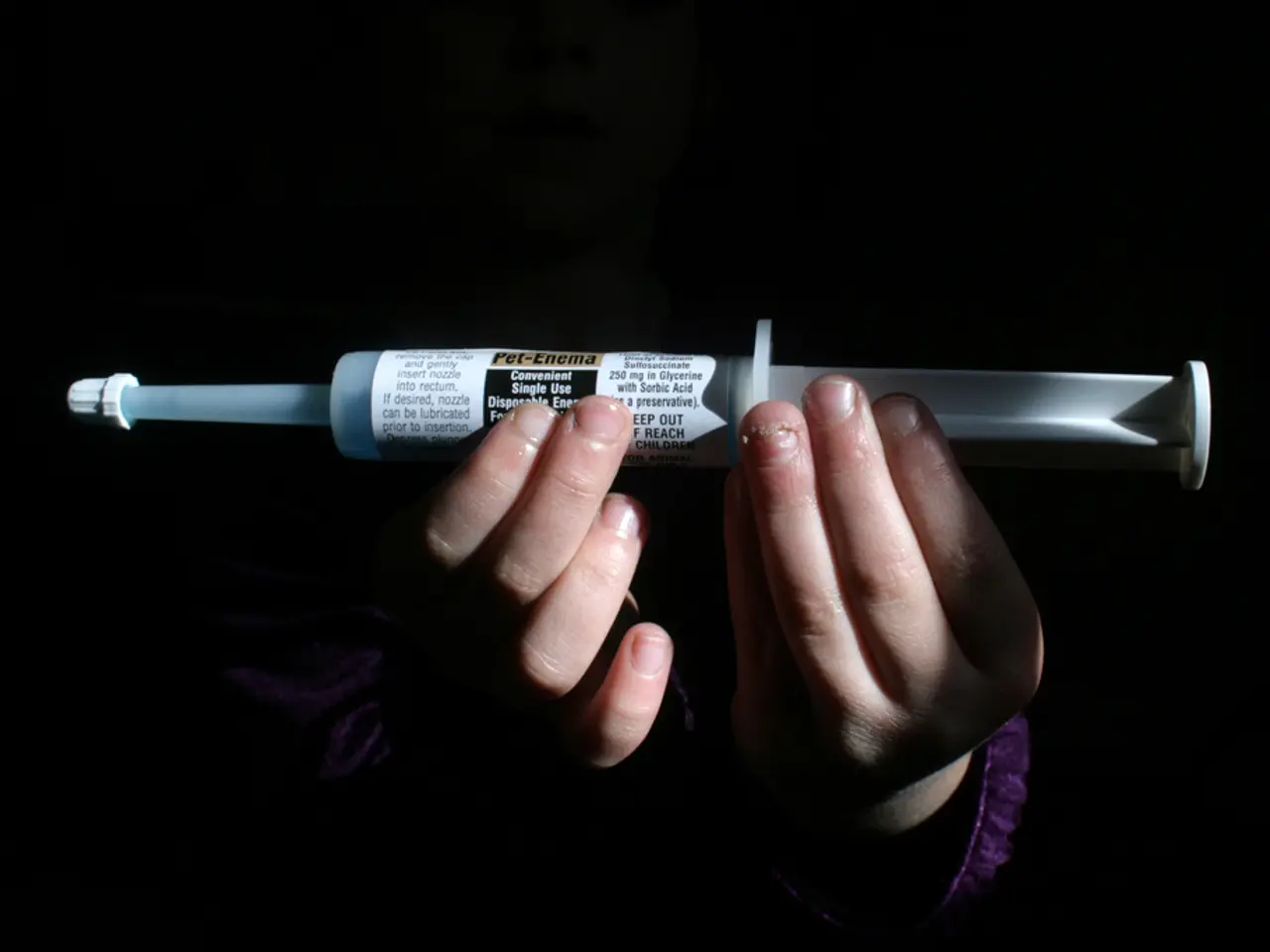Lymphedema Explained: An Overview of This Swelling Condition
**Understanding Lymphedema: Causes, Prevention, and Management**
Lymphedema, a condition marked by swelling due to impaired lymphatic drainage, can be a serious health concern. This article explores the common causes, prevention strategies, and treatment options for lymphedema.
The most frequent causes of lymphedema include surgery, radiation therapy, infections, genetic factors, trauma, and parasitic infections. Surgical procedures that remove or damage lymph nodes, particularly those related to cancer treatment, are a common cause. Radiation can also damage lymphatic vessels and nodes, leading to impaired lymphatic function and swelling. Certain infections can inflame the lymphatic system, potentially resulting in lymphedema, while genetic factors can lead to primary lymphedema, a condition often hereditary. Physical injury to the lymphatic vessels or nodes, as well as parasitic infections like filariasis, can also disrupt lymphatic drainage and cause swelling.
As people age, the risk of developing lymphedema increases. Frequent infections and a sedentary lifestyle can contribute to its development. Individuals who have undergone cancer treatment, especially those who have had lymph nodes removed or irradiated, are at a higher risk for developing lymphedema.
Preventing lymphedema involves understanding one's risk factors, maintaining a healthy weight, avoiding injury, regular check-ups, educating oneself about the condition, and seeking professional guidance from a lymphedema specialist. Proper skin care is vital for individuals with lymphedema to prevent infections, with tips including using mild soap and moisturizers, avoiding cuts and scrapes, and monitoring for signs of infection. Regular exercise is crucial for managing lymphedema, with low-impact activities like walking, swimming, or cycling being particularly beneficial for improving lymphatic flow and reducing swelling.
Lymphedema can be diagnosed through a thorough medical history, physical examination, and diagnostic tests such as lymphoscintigraphy, ultrasound, MRI, or CT scans. Lymphedema specialists can provide tailored treatment plans to manage the condition effectively. In severe cases that do not respond to conservative treatments, surgical options may be considered, with procedures such as lymphatic bypass or debulking surgery being possible.
If you suspect you may be at risk, consult with a healthcare professional for personalized advice and management strategies. Common signs of lymphedema include swelling, feeling of heaviness or tightness, skin changes, pain or discomfort, increased infections, and restricted range of motion.
Manual Lymphatic Drainage (MLD) is a specialized massage technique performed by trained therapists, designed to stimulate the lymphatic system and encourage the movement of lymph fluid away from the swollen area. Compression therapy, involving the use of compression garments to reduce swelling and promote lymphatic drainage, is an effective treatment for lymphedema.
Lymphedema can be classified into two main types: Primary Lymphedema and Secondary Lymphedema. Primary Lymphedema is often hereditary and occurs due to developmental issues in the lymphatic system. Secondary Lymphedema is the more common form and usually results from damage to the lymphatic system due to surgery, radiation, infection, or trauma.
Understanding one's condition is the first step towards effective management and improved quality of life. Treatment options for lymphedema include compression therapy, exercise, skin care, and in some cases, surgery. By being aware of the causes, prevention strategies, and treatment options for lymphedema, individuals can take proactive steps to manage this chronic condition and maintain their overall health.
- Maintaining a healthy weight, understanding one's risk factors, and seeking professional guidance from a lymphedema specialist can help in preventing lymphedema.
- Surgical procedures that remove or damage lymph nodes, infections, genetic factors, trauma, and parasitic infections like filariasis are common causes of lymphedema.
- In severe cases of lymphedema that do not respond to conservative treatments, surgical options may be considered, such as lymphatic bypass or debulking surgery.
- Regular exercise, with low-impact activities like walking, swimming, or cycling being particularly beneficial, is crucial for managing lymphedema and improving lymphatic flow.
- Proper skin care, including using mild soap and moisturizers, avoiding cuts and scrapes, and monitoring for signs of infection, is vital for individuals with lymphedema.
- Lymphedema can be diagnosed through various diagnostic tests, such as lymphoscintigraphy, ultrasound, MRI, or CT scans.
- In addition to conventional therapies and treatments for lymphedema, there are alternative methods like CBD products and sports-analysis, although their efficacy may vary, and further research is needed.




